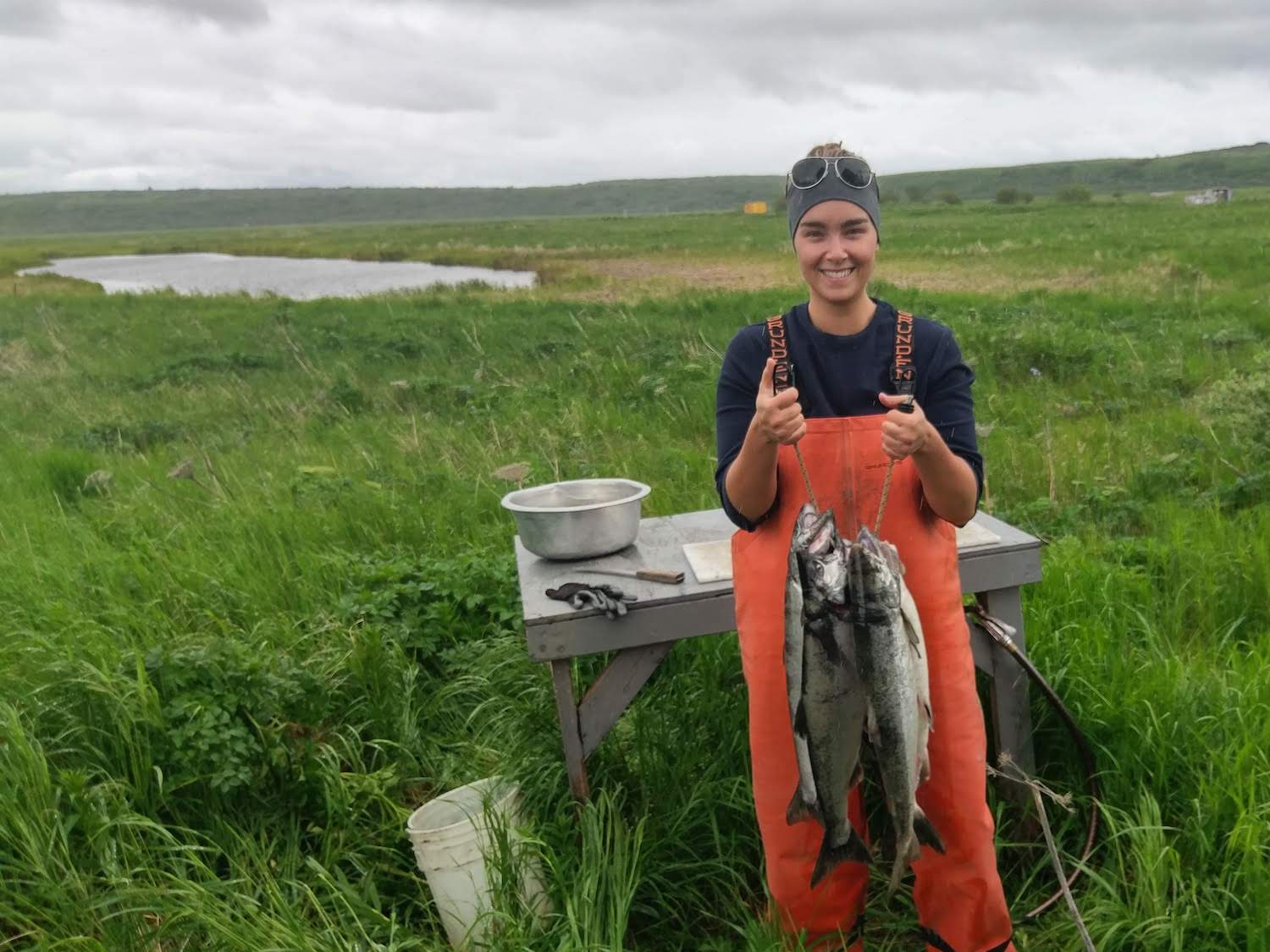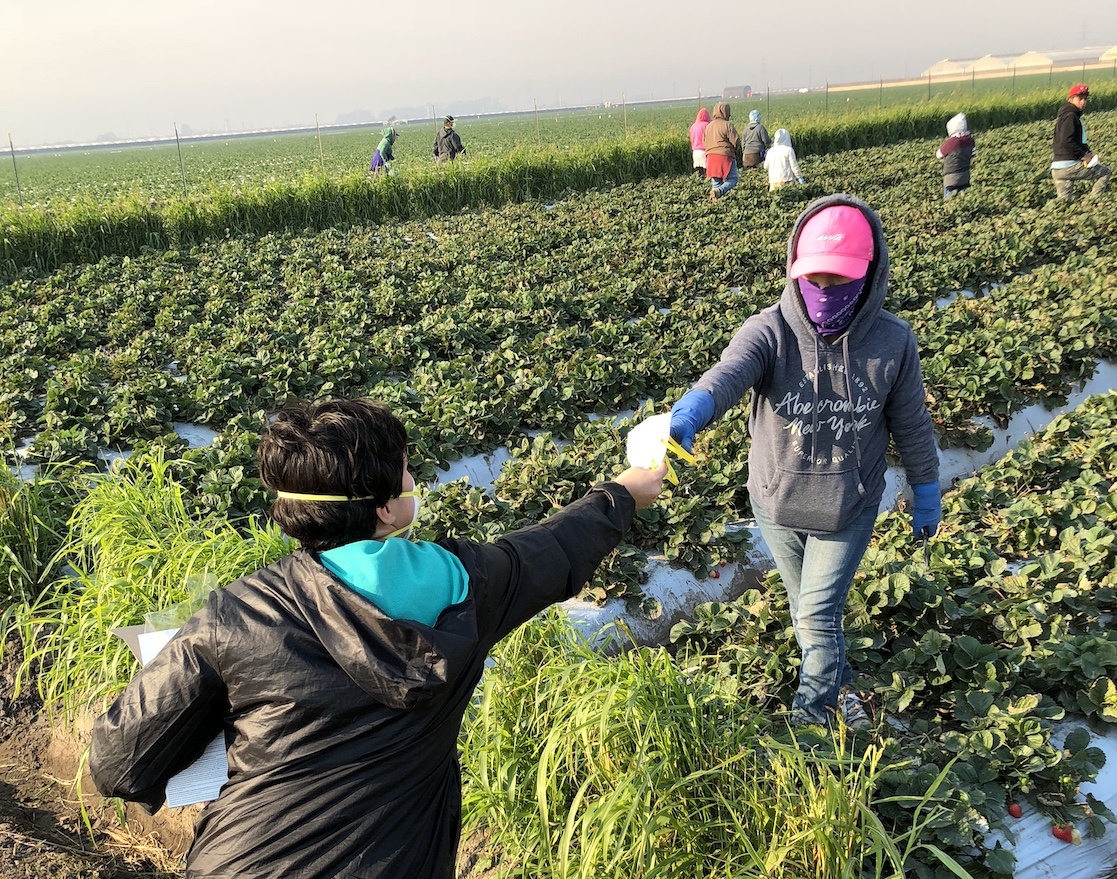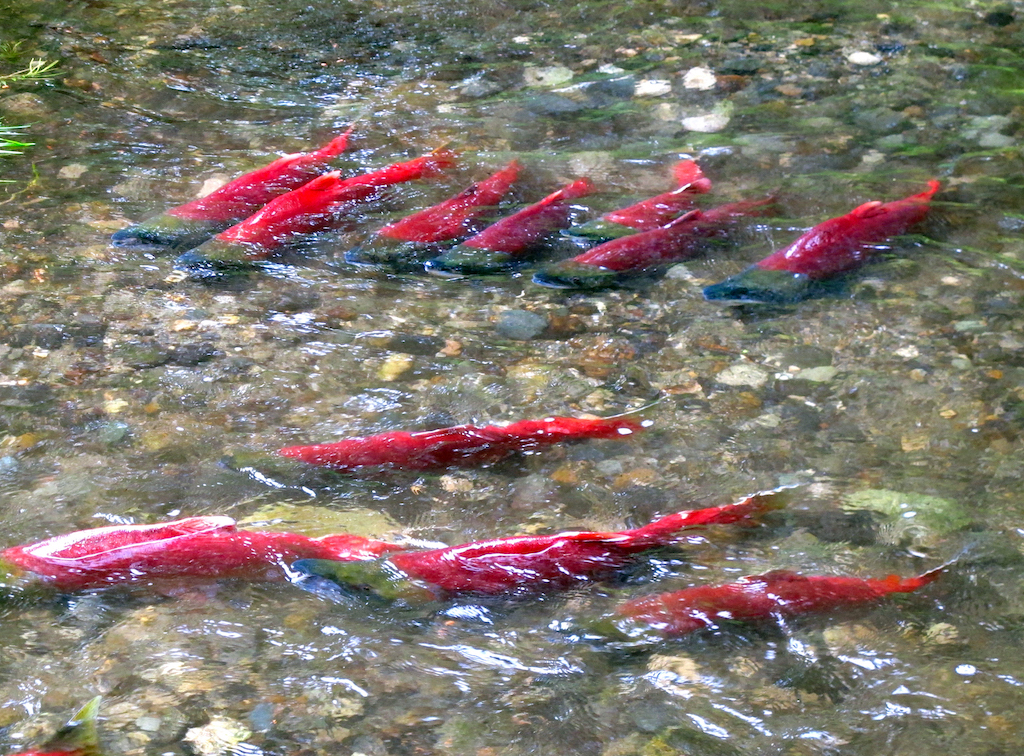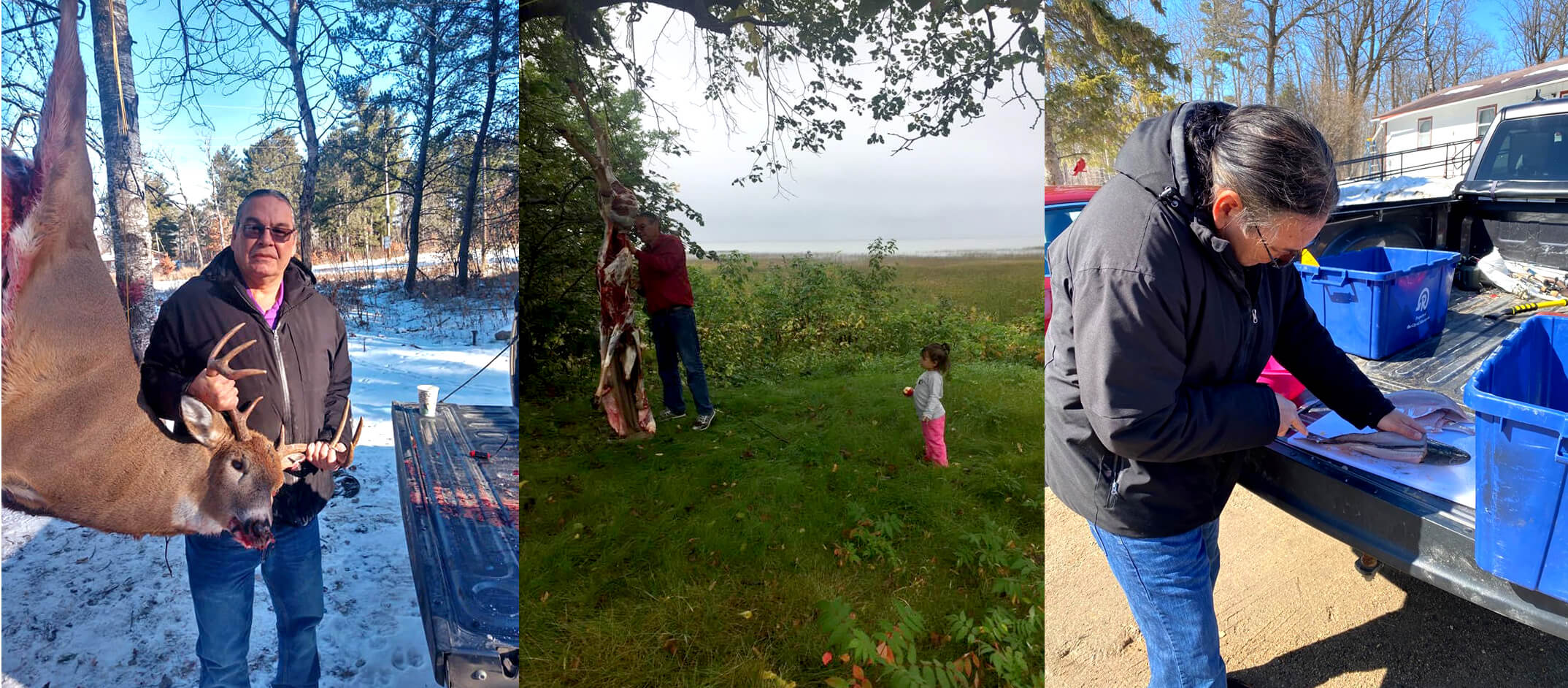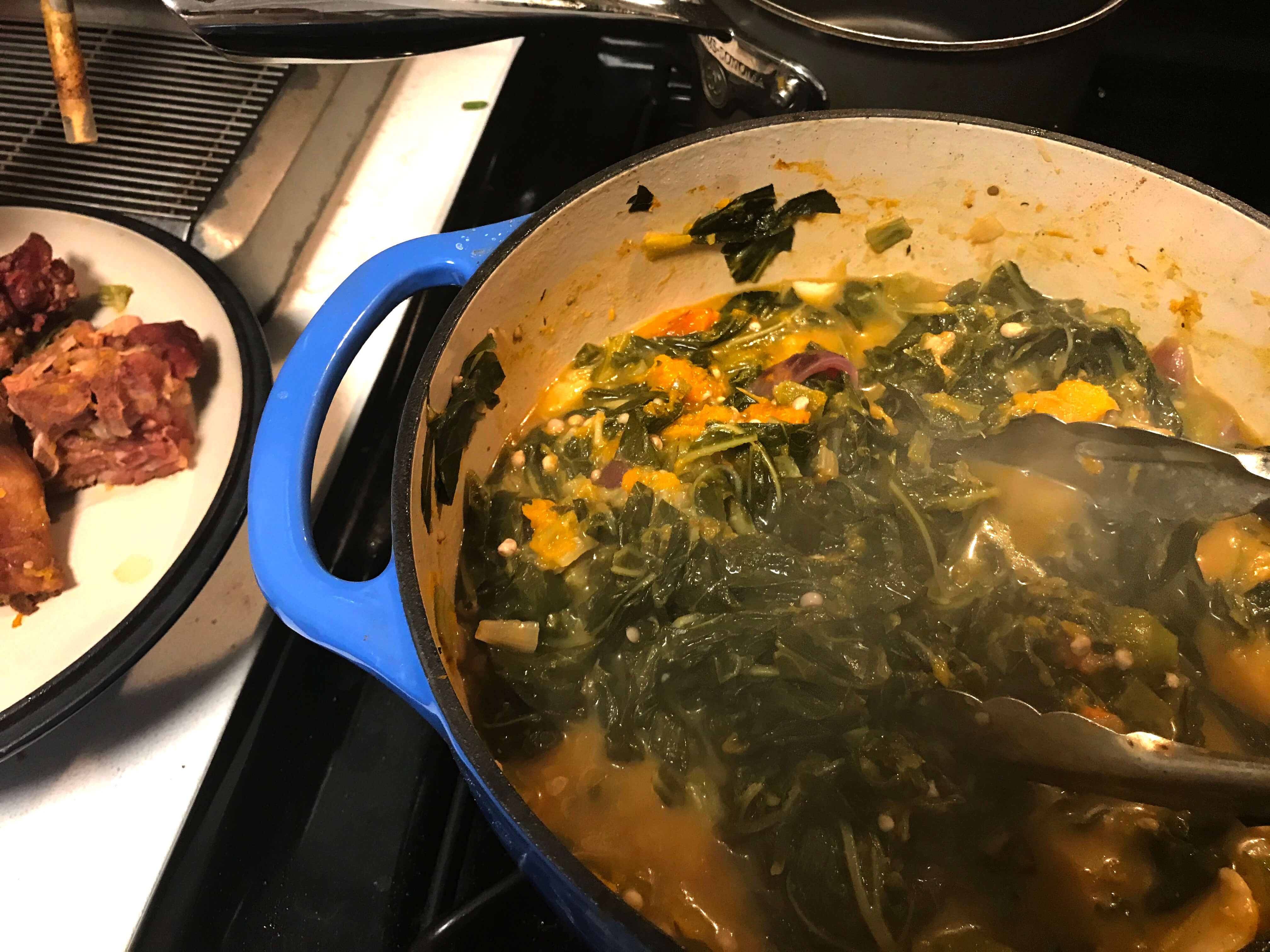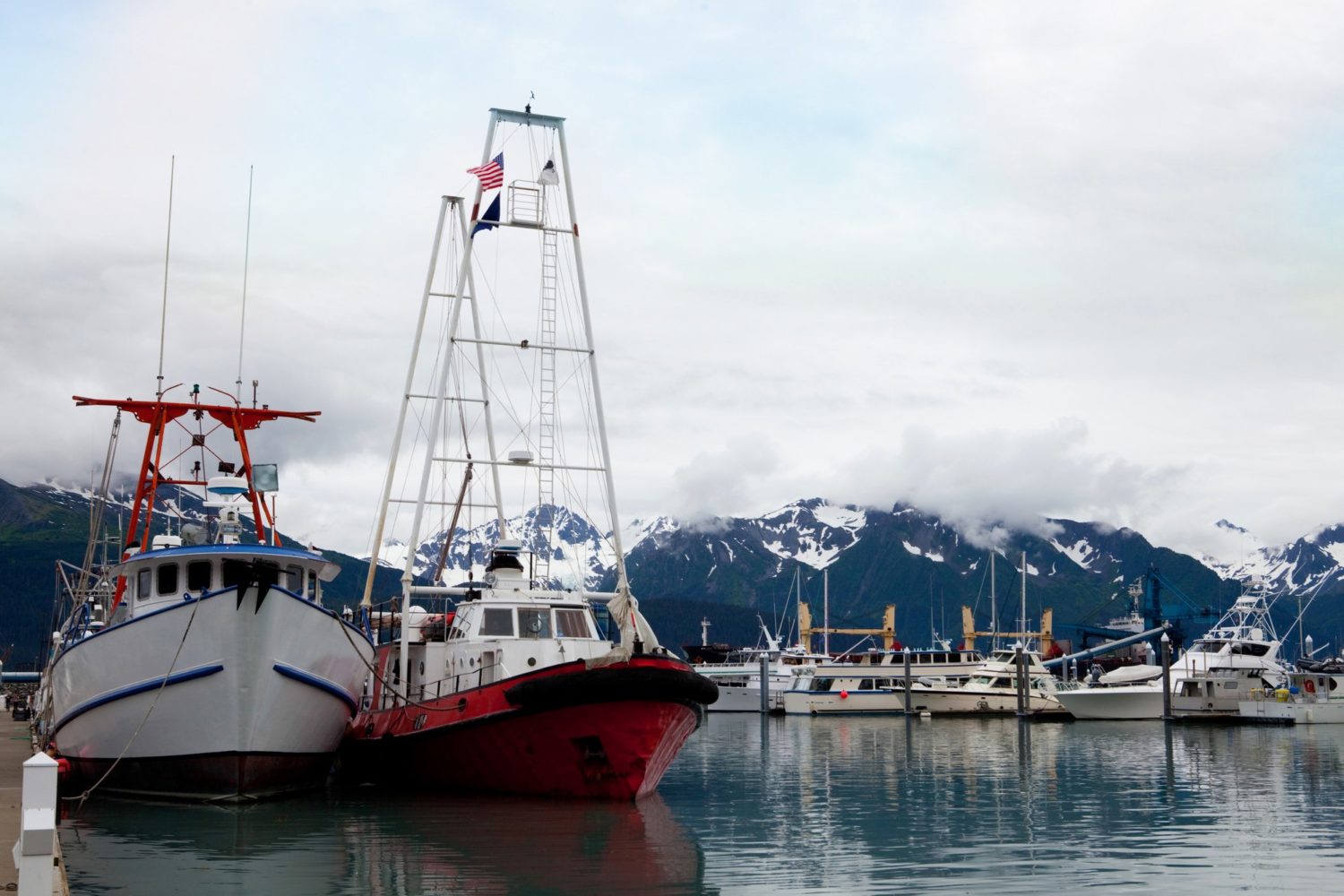
iStock / choja
With the region’s lucrative sockeye salmon fishing season in full swing, testing and mandatory quarantine has so far kept indigenous communities safe from Covid-19.
This spring, as government leaders urged Americans to limit travel in an effort to curb the spread of the novel coronavirus, upwards of 12,000 seasonal workers from across the country descended on the remote Bristol Bay region of Alaska to catch or process wild sockeye salmon.
City, tribal, and hospital leaders had tried to stop the workers’ arrival, sending a series of letters to Alaska Governor Mike Dunleavy urging him to shut down an industry that makes up 40 percent of the global sockeye salmon haul, and brings in $700 million each summer. They feared the coronavirus would take root in the population of 6,700 locals. With limited medical resources and only 15 hospital beds for an area roughly the same size as Virginia, it wasn’t worth the risk, they argued.
Ultimately, Alaska’s fishing industry was deemed critical infrastructure—necessary for the function of the state’s economy and society. But if boat captains and processing plant managers wanted to work this summer season, they had to submit paperwork and comply with an array of mandates.
As of July 15, a month into the salmon season, the 21 communities that make up Bristol Bay have reported 61 positive Covid-19 tests, all of which are directly related to the seafood industry.
At this point, the disease hasn’t permeated the various villages. No Alaska residents have tested positive for Covid-19 in Bristol Bay.
As of July 15, a month into the salmon season, the 21 communities that make up Bristol Bay have reported 61 positive Covid-19 tests, all of which are directly related to the seafood industry.
“So far, so good is how I’d describe the situation,” said Andy Wink, executive director of the Bristol Bay Regional Seafood Development Association, in an email.
“Industry, medical personnel, and government officials coordinated to create a set of workable safety protocols aimed at limiting viral spread and widespread testing,” Wink said.
Even as the rest of the state has lifted a mandatory 14-day quarantine measure for those traveling to the area (out-of-state visitors are now tested for Covid-19 at the airport), those who participate in the seafood industry are still required to quarantine for two weeks. Some bunked down in Anchorage hotels (which is why 33 of the 73 non-resident cases in Anchorage, a city with no real fishing industry, are denoted as “seafood industry” in the state count). Others were relegated to bunk houses in Bristol Bay, and some waited out quarantine on their fishing vessels.
Additionally, processing workers have been tested on arrival, on day 7, and on the final day of quarantine. As a result, most positive tests among seafood processors were identified while they were in quarantine; those they were in contact with were subsequently isolated.
“We knew there was going to be some positive cases, but the goal was to prevent it from spreading through the community, fleet, and plants,” Wink said.
Unlike processing plants in other parts of the nation where workers go home at the end of each shift, those working in the fishing industry in Alaska stay on site the entire season. They often live with three to seven roommates in bunkhouses, dine at the onsite cafeteria, and work sun-up to sundown (a loose phrase considering the sun doesn’t really set in that part of Alaska in mid-summer).
Workers often live with three to seven roommates in bunkhouses, dine at the onsite cafeteria, and work sun-up to sundown.
In prior years, it was obvious when the fishermen and processing workers had come to town—the population effectively tripled. But now even in peak season, the villages seem quiet.
“Typically there are people in the street all day long, but this year it’s like a ghost town,” said Mary Swain, Executive Director of Camai Community Health Center.
While fishermen have the autonomy to move around town, the bulk are coming in just long enough to drop off their catch. On the other hand, all of the processing plants have opted to have closed campuses this season, many going as far as to hire security guards to make sure unauthorized people don’t come in or out and setting up procedures to limit contact with fishermen.
Other safeguards include requiring all employees to wear facemasks, plexiglass dividers between workers, and having staff work in the same small groups. That way, if an outbreak happened, it would be less likely to affect the whole plant.
“I believe that the only reason we’ve been as successful as we have been is because of the processors taking this very seriously from the beginning,” Swain said. “They put every safety protocol that they could think of in place prior to the season and they implemented that very well. They’re the reason for the success.”

